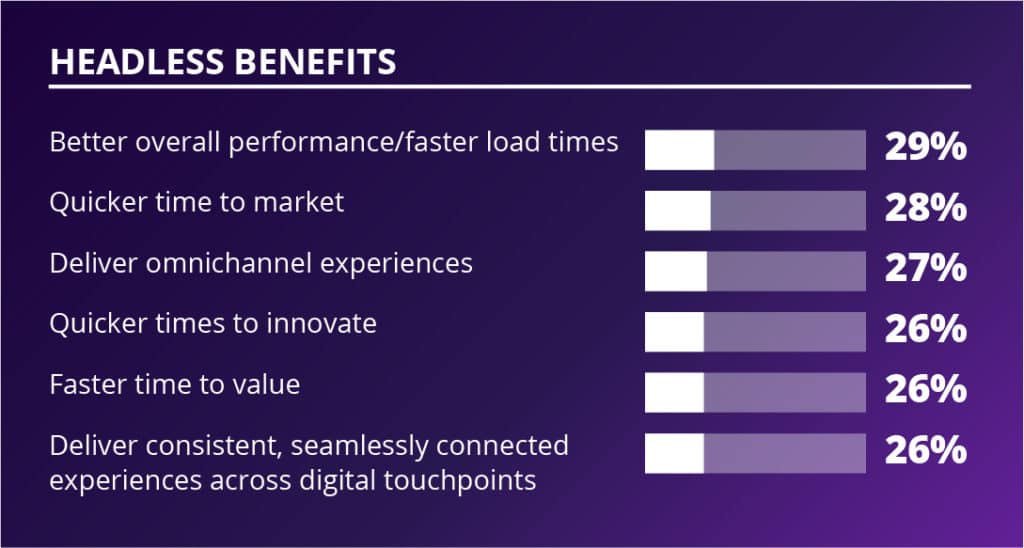My advice is to aim for a great user experience that’s designed for humans.
Julio Taylor is CEO at Hallam, an award-winning strategic digital marketing agency working with ambitious brands to give them the tools they need to thrive in a digital world. The group won the prestigious Google’s Growing Business Online award in 2019.
In this episode of Velocitize Talks, Taylor shares his insights into the attention economy, Google search rankings, rebranding and experiential marketing.
Rebranding in the Age of Covid (1:54)
The term brand has come full circle back to its true original intention, which is to invoke an emotion, to be something that means something to the buyer rather than simply a collection of messages or assets.
Hallam partnered with the University of Nottingham to help them build their brand worldwide and transform their media capabilities across a post-Covid higher education landscape. Their work featured a powerful video campaign as part of its “Normal Never Changed the World” theme.
Over the past year, brands have struggled with rebranding and reinventing themselves, from corporations to education. But perhaps, one solution to the disruption lies in looking back.
“The pandemic has forced marketers to look at the world the way we used to look at it before the internet existed,” Taylor says. “Where brand was a vehicle for emotion primarily and the most powerful form of brand awareness was people’s memory.”
Once More, With Feelings (2:44)
If we think that about the concept that the attention economy relies on the limitations of the human attention span—and and that there is more content than there are people on earth to consume it—then that precious resource is a huge front line for marketers.

The LinkedIn B2B Institute found that strategies that appeal to emotions have proven to be 7 times more effective in making connections with your audience. Considering the user’s ever-waning attention span, the need for emotional and authentic marketing campaigns that can hold that attention grows. However, creating that experience doesn’t necessarily mean a lot of moving parts. Sometimes the brand’s message is perfectly captured by simplicity.
“What we talk about in simplifying the complexity is in bringing things together into cohesive campaigns, making sure that brand is at the forefront of technology and advertising,” Taylor says. Giving the user too many options can end up frustrating them.
Let’s Get Physical (4:15)
When you remove those physical experiential components of a purchasing process, you kind of homogenize it to an extent where it doesn’t really mean anything.
Obviously in-person events have been pretty restrictive since the pandemic; however, experiential marketing, which can engage an audience beyond the digital, continues to gain in popularity. If done right, a truly immersive and interactive experience will resonate with your audience both physically (live events, games, and pop-ups), virtually (live chats, networking, gamification), or a hybrid of the two.
Martech Advisor cited three great examples of experiential marketing surrounding events. One of these was a campaign from the World Wide Fund for Nature (WWF) which displayed a hologram of an elephant during a conference on illegal trade in London. They used Twitter to help get the word out and direct people to a petition.
“If you’re able to create new trends and create new experiences online that go some way towards replacing the things that we’ve lost from the physical experience, that’s a great big win,” Taylor says.
Users First (5:52)
Do you enjoy reading your own website? Do you find your content engaging? Does it annoy you when it’s slow? Aim for a website that you’ll really think is great.

According to Taylor, developing a human-first user experience that will align with the Google page experience depends on four key factors including good content; less spam; a faster website; and sites that load properly.
Google’s organic search ranking algorithm was updated this past August. The update included three new metrics in determining organic page rankings: loading, interactivity, and visual stability, or core web vitals. Basically it means that a poor user experience may lead to substantially lower search results and a subsequent decline in traffic. Meanwhile a visually appealing website can lend itself to a dynamic digital experience.
The Headless Experience (7:21)
The further you go down this road of trying to create great experiences, the more complex everything below the surface becomes, to the point where you end up with this product, this iceberg. And beneath the water there is this unbelievable mass of stuff happening the customer never sees.

The use of headless technology enables companies to take advantage of new tools that can easily publish content beyond the website and across multiple platforms, such as smart devices, voice assistants and mobile apps.
Although headless architecture is an exciting solution that continues to evolve, from faster load times to smoother omnichannel experiences, it does come with its own set of challenges.
“Headless can’t be some panacea that we all think is the answer,” Taylor says. “You still have to build that with the right foundations and the right technical architectures. Headless is only ever going to be as good as your stack and your design.”
Best piece of professional advice
You are responsible for everything that happens around you so the success of others and the success of people above you and beneath you in the hierarchy are your responsibility.
To learn more about Hallam, visit their website and follow them on LinkedIn, Facebook and Twitter at @HallamAgency. Follow Julio Taylor on LinkedIn.
Catch an earlier episode of Velocitize Talks with Hallam Founder Susan Hallam.





Join the conversation